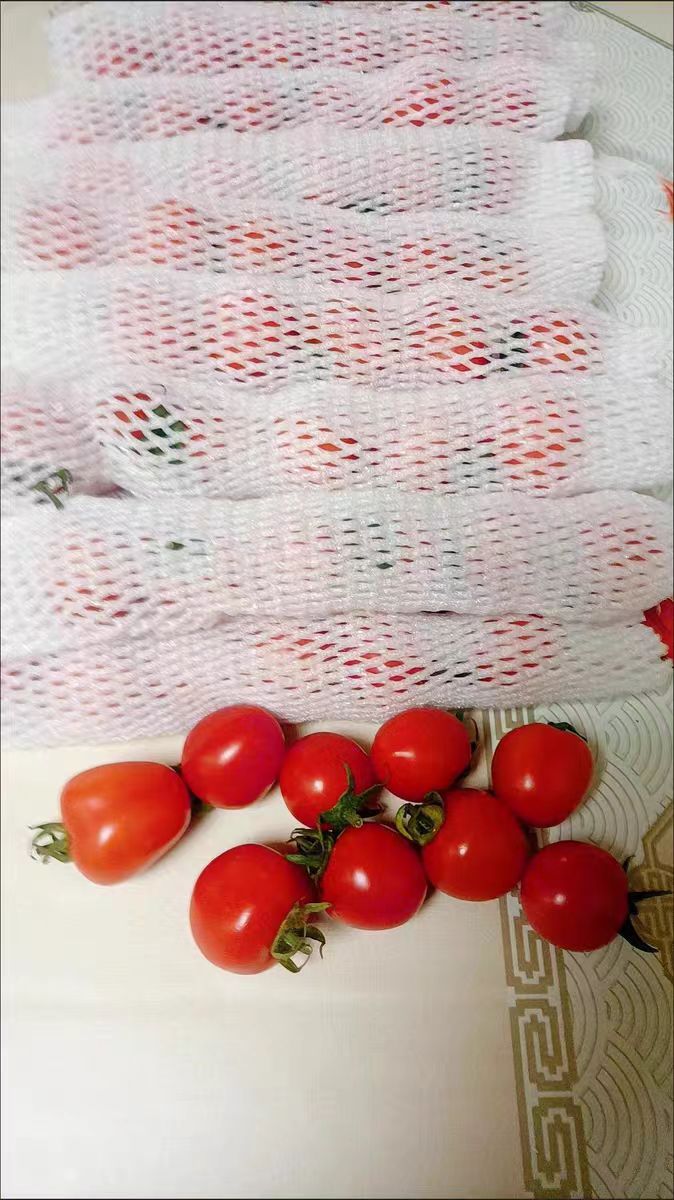After planting tomato seedlings, the most concerning question is how long it takes to determine their survival. Generally, it takes about 7-15 days after transplanting to judge whether tomato seedlings have truly survived. Newly planted tomato seedlings go through a seedling recovery stage, during which the young plants need to adapt to the new soil environment, and their root systems gradually resume growth. If environmental conditions are suitable, such as a temperature maintained at 20-25°C, moist (but not waterlogged) soil, and adequate light while avoiding direct (strong light), the seedlings will usually stop wilting and their central leaves will start to unfold within about 3-5 days. These are initial signs of survival.
For a more accurate judgment, you can gently (scrape away) the soil near the roots to check for the growth of white new roots. Typically, new roots will emerge successively 7-10 days after transplanting, indicating that the tomato seedlings have successfully taken root and begun normal growth. However, if after 15 days, the seedlings still show symptoms such as yellowing leaves, wilting, or lodging, attention is needed. This may be caused by severe root damage during transplanting, soil compaction, improper watering, or unsuitable temperatures. In such cases, problems should be promptly investigated—for example, by loosening the soil, adjusting water quantity, or improving temperature and light conditions.
Next, let’s discuss fertilization. Fertilizing tomato seedlings should follow the principle of "applying thin fertilizers frequently and supplying according to needs," as the timing and types of fertilizers vary across different growth stages. The first fertilization can be applied after the tomato seedlings have survived and grown 2-3 new leaves, typically about 10-15 days after transplanting. By this time, the seedling roots have initially recovered and entered a rapid growth phase, requiring nutrient supplementation to promote stem and leaf growth. The first fertilizer should be primarily nitrogen-based, such as dilute (fermented) human urine (diluted 5-10 times) or a compound fertilizer with high nitrogen content (e.g., urea), but the concentration should be controlled at 0.1%-0.2%. When fertilizing, create shallow trenches or small pits about 10 cm away from the seedling roots, place the fertilizer inside, ensure it does not come into direct contact with the roots, and promptly cover with soil and water after application to facilitate faster dissolution and absorption.
When the tomato plants begin to bud and flower—approximately 30-40 days after transplanting (specific timing may vary by variety and growing environment)—it is necessary to apply flower-promoting fertilizer. After the first cluster of fruits has set and grown to the size of a walnut, fruit-retention fertilizer should be applied. During this stage, fertilization should focus on phosphorus and potassium, and nitrogen-phosphorus-potassium compound fertilizer can also be applied to the roots. Phosphorus promotes flower bud differentiation and root development, while potassium enhances the plant’s stress resistance, improves fruit set rate, and prevents flower and fruit drop.
From the expansion of the first cluster of fruits to just before maturity, fertilization should be applied every 10-15 days until the plants are pulled up. At this time, fertilization should prioritize potassium, supplemented by appropriate nitrogen and phosphorus. High-potassium compound fertilizers, fermented (plant ash, rich in potassium), or water-soluble fertilizers applied with irrigation can be used to meet the nutrient demands of fruit expansion. During the fruiting period, tomatoes require high water volume, so fertilization can be combined with irrigation. However, it is essential to control the fertilization concentration to avoid soil salinization and root damage.
In summary, the survival time and fertilization schedule for tomato seedlings are not fixed and need to be flexibly adjusted according to actual growth conditions. Only by performing these maintenance and management tasks well and creating a favorable growth environment for tomato plants can we harvest high-yield and high-quality tomatoes.
How long does it take for tomato seedlings to survive after planting?

Share with
Tagged in :




Leave a Reply